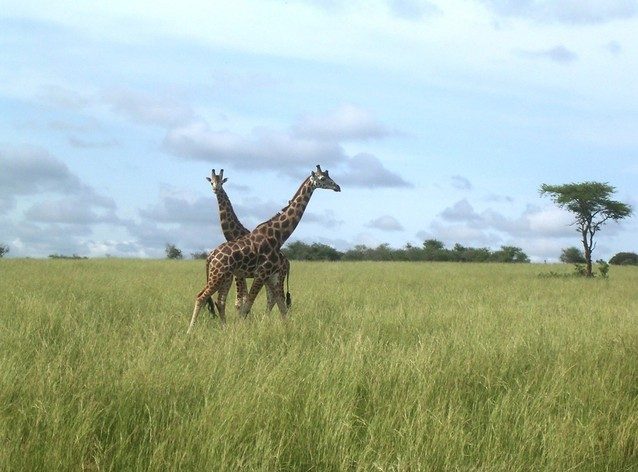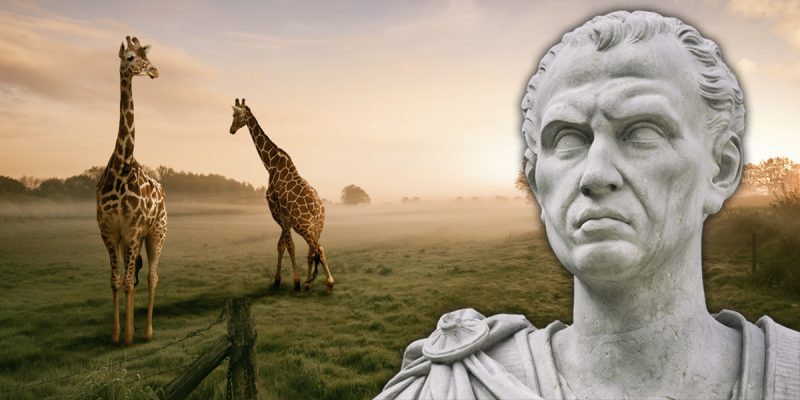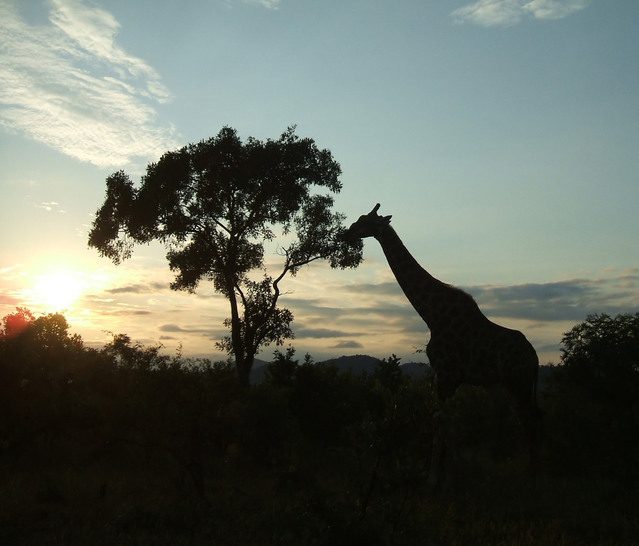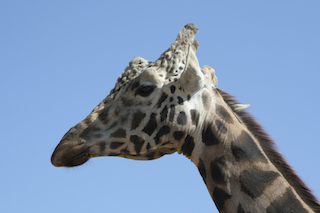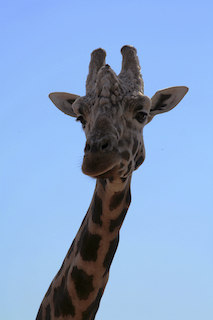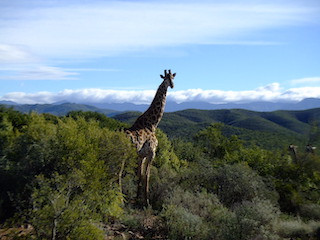Evolutionary Journey Of Giraffes In Kenya
An exploratory journey about giraffes through their glorifying times in the past, its scientific contribution in the present and its uncertain future is astounding. Their history in the ancient Europe depicted them as regal and majestic. In modern times, their contribution has led to innovations in space explorations. And their future is uncertain unless conservation measures are put in place to mitigate the negative consequences of degradation and poaching. This journey of how the future of giraffes that were once considered royal became bleak is worth exploring.
Past glorifying times
Egyptian rulers found giraffes so impressive and regal that they gave them as presents to the leaders of other countries. They even paraded giraffes in front of their subjects. They found giraffes relatively easy to transport down the Nile, so the hunters provided a steady supply of the exotic animals. At one time, the sultan of Egypt gifted a giraffe to Lorenzo de Medici. Since the country had not seen giraffes since antiquity, it caused quite the sensation as the animal wandered through the streets of Florence accepting treats offered by residents out of their second-storey windows.
Famous giraffe recipient
The most famous recipient of the Egyptian gift was Julius Caesar, who was so impressed by the present that he brought it to Europe. So, the first one in Europe was introduced by Julius Caesar from Alexandria. It was part of a victorious return to Rome after many years of civil war. The linking of camel, leopard, and giraffe traces back to the English and Roman word camelopard first appearing in the fourteenth century when Julius Caesar named his new prize camelopard because it resembled a cross between camel and leopard. It has the sass and long neck of a camel, and the spots of a leopard. The name survived well into the nineteenth century. And now several European languages have retained it. Julius Caesar paraded the prized animal in the whole of Rome. And then he stuck the animal in a circus and fed it to lions to demonstrate his power.
Famous giraffe celebrity
The most famous giraffe celebrity in history is Zarafa. It was the first giraffe in France. It was a royal gift by Muhammad Ali, the Egyptian-Ottoman viceroy, to King Charles X. Zarafa is an Arabic word meaning The Lovely One. It arrived in France in October in the year 1826 and paraded from Marseilles to Paris. People came out to follow her progress, and her friendly and regal demeanor made her the talk of the town wherever she went. Zarafa became the biggest celebrity in France with the set-up of a shop in Paris at the Jardin des Plantes. Famous writers wrote about her. Artists painted pictures inspired by Zarafa. Women started wearing hairstyles and clothing patterned after giraffe spots. Giraffe-themed decorations and furniture were all the rage. Eventually, the entire Europe caught Giraffemania. But sad to say, Zarafa spent her final years as a recluse because, like every craze, it fell out of fashion. The public stopped coming. But most probably, she enjoyed the quiet and peace after a lifetime of being followed by millions of people.
Present scientific contribution
What have giraffes got to do with space travel? Well, the unassuming, albeit majestic looking animal, has made its impact in modern day space age. The weakening of leg veins has posed a problem to the bodies of space explorers. Since the blood flow is different in space, the circulatory system doesn’t have to exert so much to pump it back up. As a result, the veins get weak and lazy, which can pose some serious problems when they return to earth. Giraffes provide a solution to this issue.
Astronauts get inspired
Aeronautical engineers observed that the giraffe calf learns how to stand 20 minutes into birth because of their rapidly inflating leg veins. So, they replicated its peculiar blood pressure regulatory system in a process called the Lower Body Negative Pressure. It’s a small machine consisting of an airtight tube that they wrap around the astronaut’s waist. It applies vacuum pressure, rapidly expanding the leg veins that makes the blood rush into them as well as the pelvic area. Thus, the legs stay in shape when this pressure is frequently applied.
Future looks bleak
Going forward, what is the long-term prognosis of giraffes? Currently, there are 90,000 of the tallest mammals left in the whole of Africa, and they are under a lot of pressure. Some subspecies are in danger of extinction. Although it is the largest terrestrial mammal on earth, sadly, the unusual size of the giraffe does not necessarily mitigate the negative consequences caused by such factors as habitat degradation and fragmentation. Also, the hunters are hauling in record numbers because many believe giraffe meat and bone marrow is a cure for Aids. And killing a giraffe involves little effort for the quantity of meat yielded. In rural tribes, bush meat forms a part of the diet as well as a source of income. Ruthless poachers kill the parent giraffes even in protected areas leaving their offspring with no chances of survival. Freshly severed heads and bones can fetch up to $140/-. Its skin is thick and suitable for a range of purposes. They make clothing, shoes, bags, hats, belts and covers for drums out of its skin. Its hair makes beautiful necklaces, bracelets and other jewelry.
Challenging conservation issues
The reduction in giraffe population is a warning signal about their conservation. It is a problem that needs to be addressed and acknowledged through intensive research, educational efforts, and conservation. The absence of proper conservation plans to regulate the heinous crimes perpetrated against this gentle animal will only worsen the situation. One of the reasons why conservationists find it hard to recover the vulnerable subspecies of giraffes is that the gestation period is very long. It takes 15 months for a baby giraffe to be born. That combined with the fact that only about 25% of the calves make it to maturity because of their vulnerability to predators makes conservation a challenging task. Government and civil society alike should promote the respect and preservation that these endangered giraffe subspecies deserve.
Glory to horror
Giraffes are elegant, beautiful, attractive and noble animals that deserve all the protection before it is too late. Fortunately, there are some organizations responsible for safeguarding the life of giraffes. They educate, plan, organize, act, delegate and report on the animal’s status. We can contribute too by spreading awareness about its plight. Otherwise, these gentle giants are at risk of turning their glorifying past into horrifying future.
5 Frequently Asked Questions About The Distinctive Features Of Giraffes
To receive a colourful digibook about giraffe with videos, images and text, please fill out the following form or simply email us on safaris@safari-center.com

